Client: Strathfield Golf Club
Work Done: Roof Vents & Skylights
contact us today or call direct 1300-564-612
Pan Civil | Chillex | Hanlon | South Pacific Laundry | Show Tech | Royal Sydney Gold Club | Warehouse Re-Roofing | Strathfield Golf Club
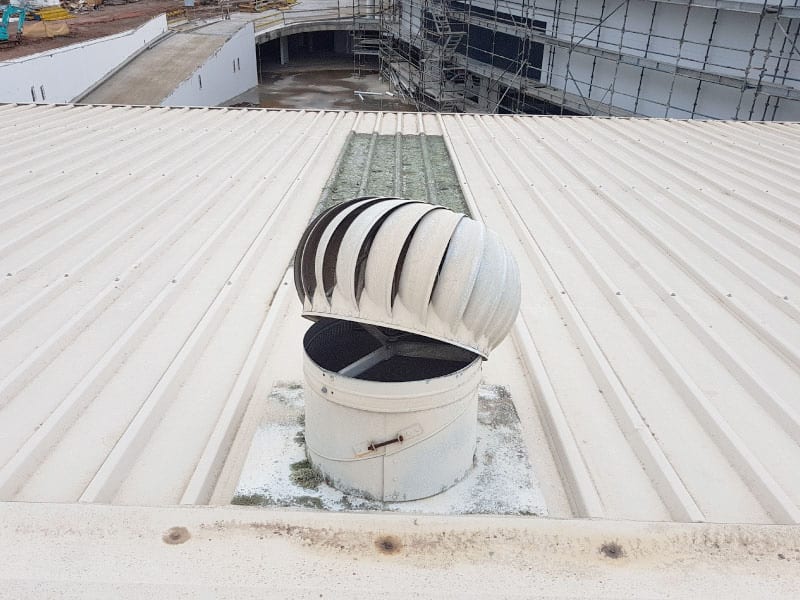
Before – Many Vents Not Working
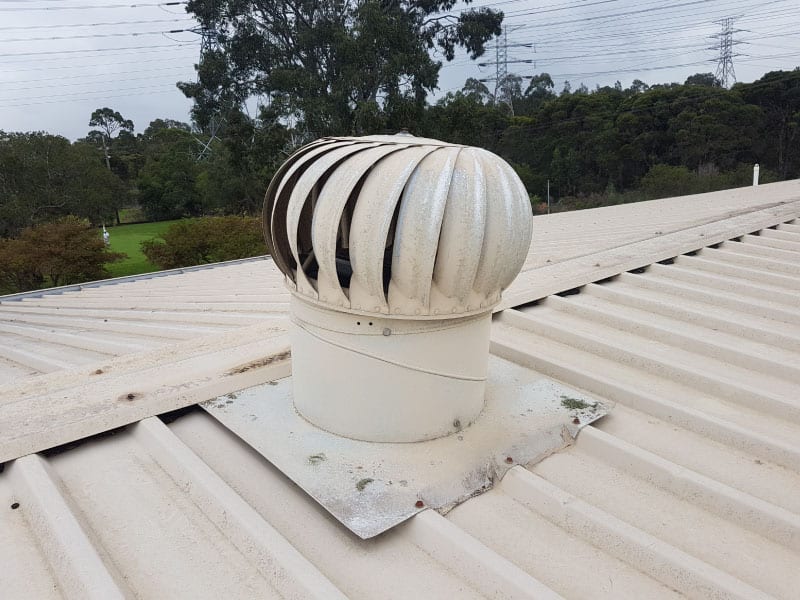
Before – Vents Rusty
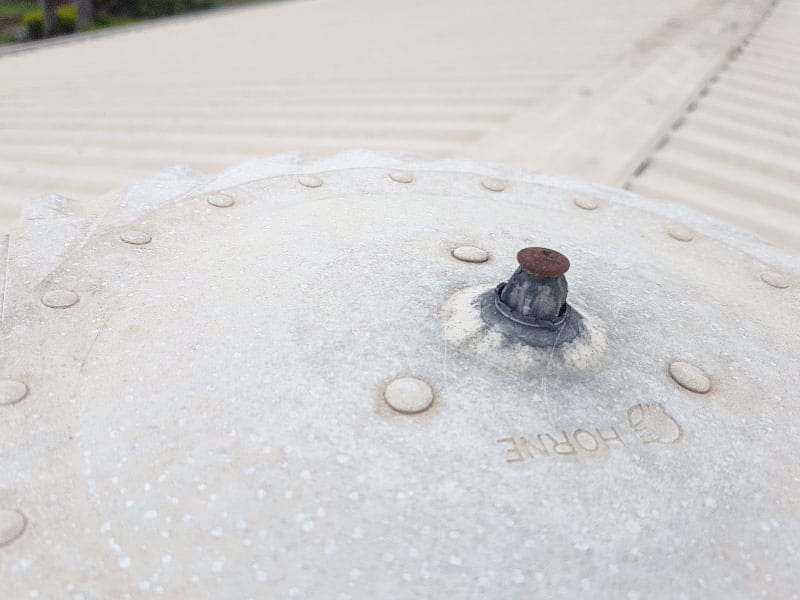
Before – Rusty Vents
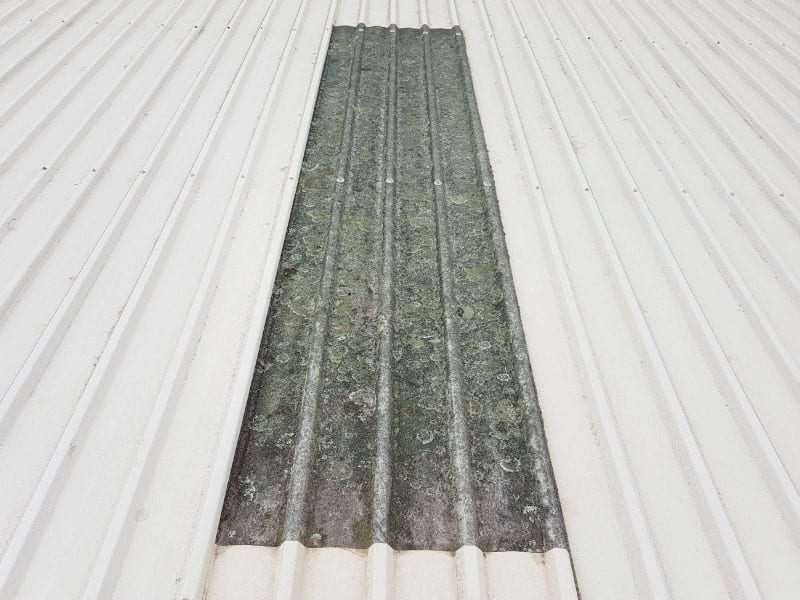
Before – Corroded Roof Panels
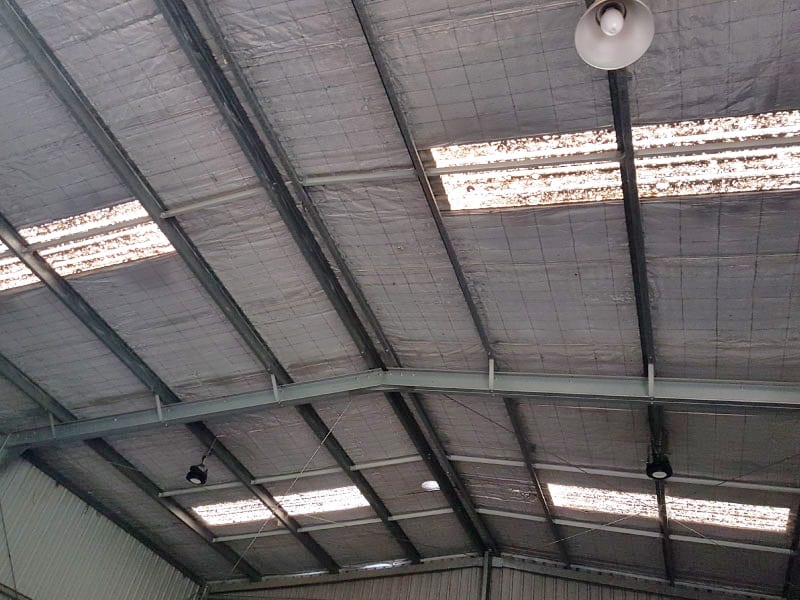
Before – Little Light Penetrating
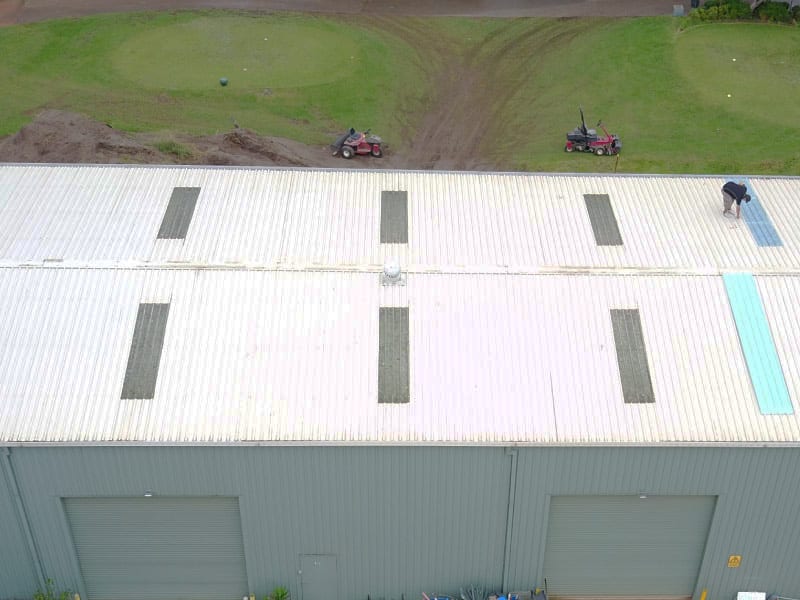
In Process – Difference is Obvious
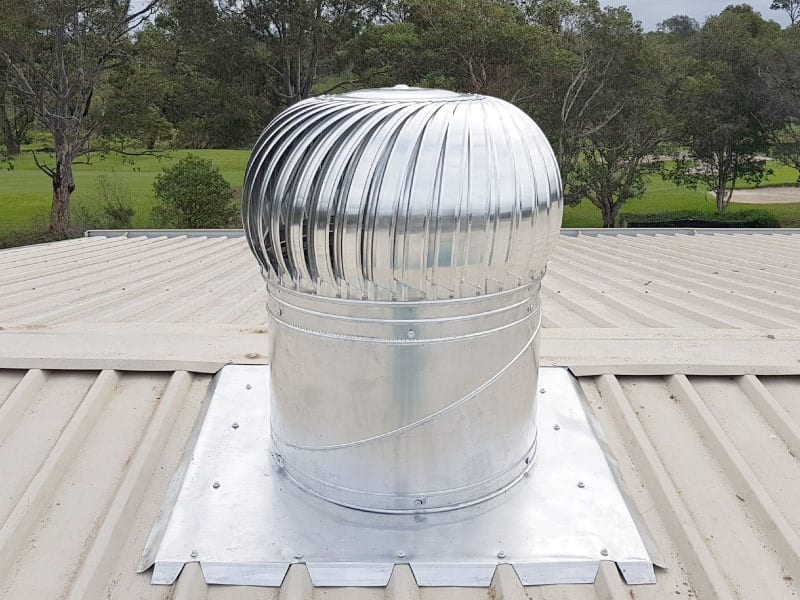
After – New Vent Installed
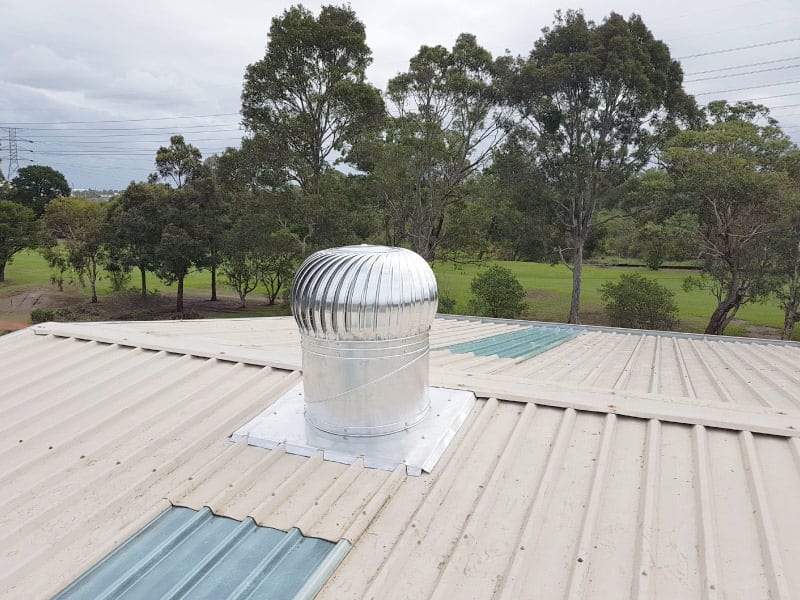
After – New Vent
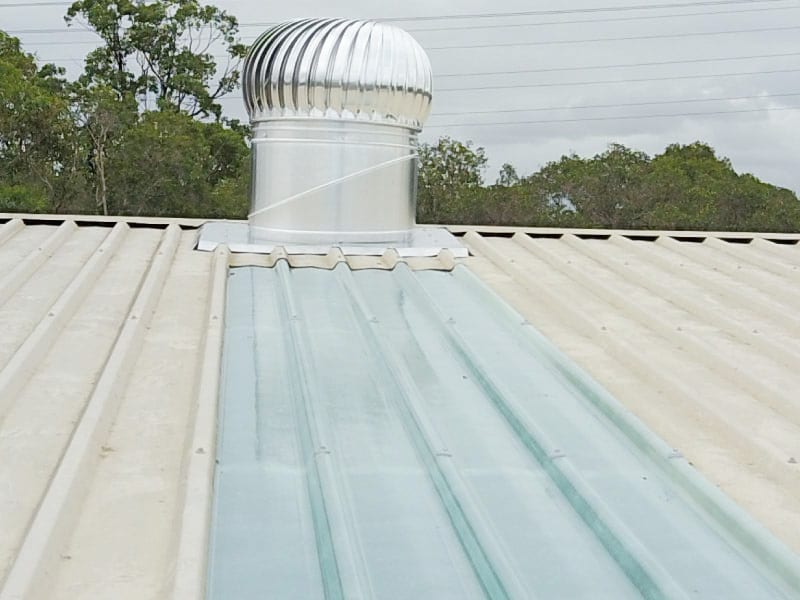
After – New Roof & Vent
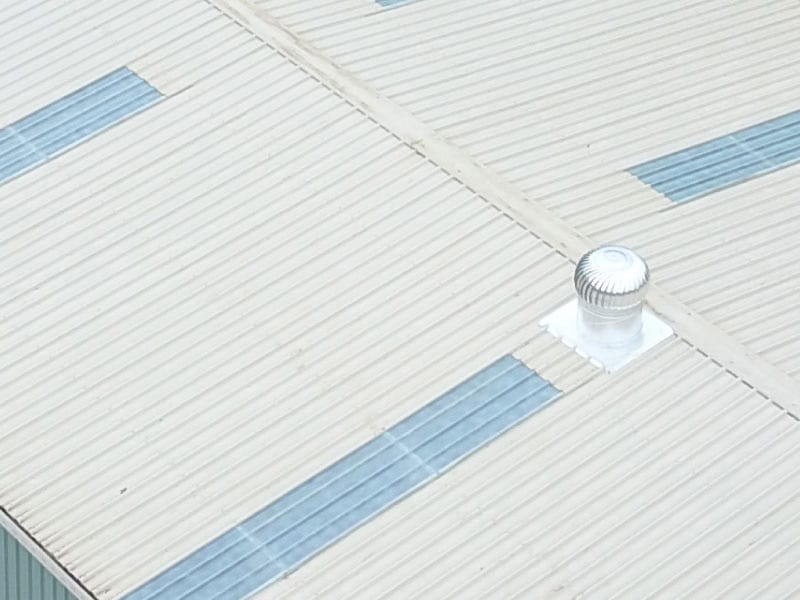
After – New Installs
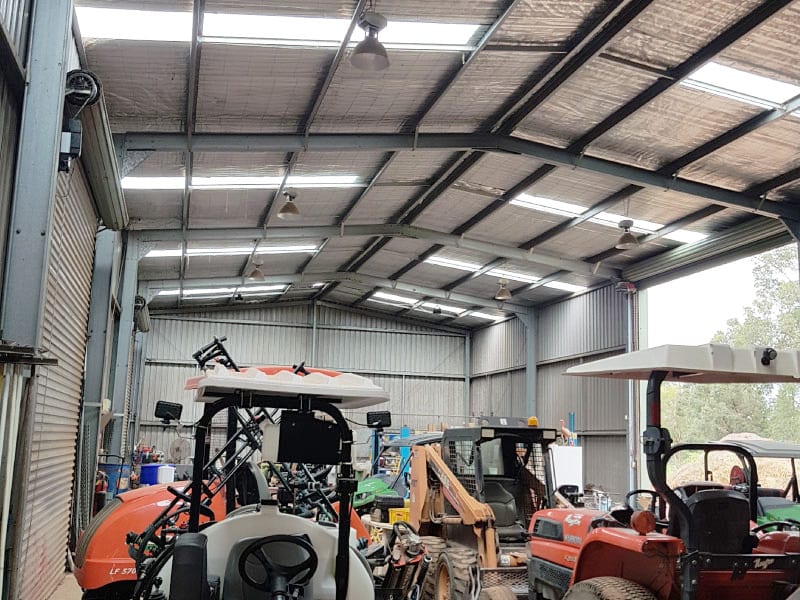
After – Huge Difference
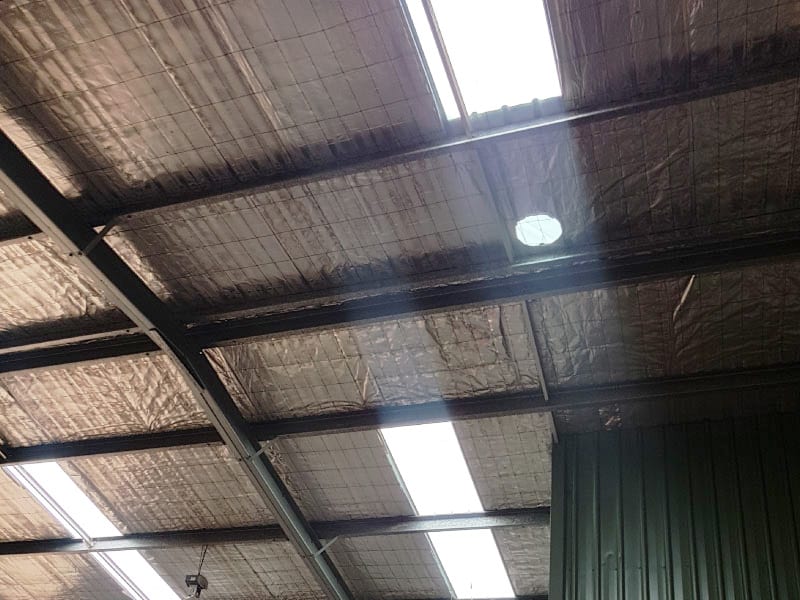
In Progress
contact us today or call direct 1300-564-612
Pan Civil | Chillex | Hanlon | South Pacific Laundry | Show Tech | Royal Sydney Gold Club | Warehouse Re-Roofing | Strathfield Golf Club
DRONE VIDEO OF FIBREGLASS & VENTS REPLACEMENT
Exploring Roofing Materials, Skylights, and Their Properties: A Comprehensive Guide for Australian Homeowners
Introduction:
Roofing materials play a crucial role in protecting homes from the elements while also influencing the aesthetic appeal and energy efficiency of a property. In recent years, there has been a growing interest in roofing materials that allow natural light to filter through, such as polycarbonate and fiberglass skylights. In this expert article, we will delve into various aspects of these materials, addressing common questions and concerns among Australian homeowners.
- What roofing material lets light through?
- Polycarbonate roofing is one of the primary materials that allow light to pass through. It is a transparent or translucent thermoplastic material known for its excellent light transmission properties.
- Is polycarbonate roofing fire-resistant in Australia?
- Polycarbonate roofing can have varying degrees of fire resistance, depending on its composition and thickness. In Australia, polycarbonate roofing materials are typically engineered to meet specific fire safety standards. However, it’s essential to check the fire rating of the product before installation to ensure compliance with local regulations.
- What is fiberglass skylight?
- A fiberglass skylight is a roofing component made from glass fibers embedded in a resin matrix. It is designed to provide natural light into interior spaces while offering durability and weather resistance.
- Is Laserlite the same as polycarbonate?
- Laserlite is a brand name of polycarbonate roofing products manufactured by Palram Industries. While Laserlite is made from polycarbonate, it is essential to distinguish between brand names and generic terms. Other manufacturers may produce similar polycarbonate roofing materials under different brand names.
- What is a cheaper alternative to polycarbonate?
- Fiberglass roofing is often considered a more cost-effective alternative to polycarbonate. While both materials offer light transmission properties, fiberglass panels are generally less expensive than polycarbonate sheets.
- What is the difference between Laserlite and Suntuf?
- Laserlite and Suntuf are both brands of polycarbonate roofing materials. The primary differences between them may lie in factors such as thickness, color options, UV protection, and specific product features offered by each brand.
- How long do fiberglass skylights last?
- The lifespan of fiberglass skylights can vary depending on factors such as installation quality, exposure to environmental elements, and maintenance practices. Generally, well-installed fiberglass skylights can last upwards of 20 years or more with proper care.
- Which is better, fiberglass, or polycarbonate roof panels?
- The choice between fiberglass and polycarbonate roof panels depends on various factors, including cost, durability, light transmission, and specific project requirements. Both materials have their advantages and disadvantages, and the best option will vary depending on individual preferences and needs.
- Are Velux skylights glass or plastic?
- Velux skylights are available in both glass and plastic (acrylic) variants. The choice between glass and plastic skylights depends on factors such as aesthetics, durability, energy efficiency, and budget considerations.
- What are the disadvantages of polycarbonate roofing?
- Despite its many benefits, polycarbonate roofing has some drawbacks, including:
- Susceptibility to scratching and abrasion.
- Limited color options compared to other roofing materials.
- Potential yellowing or discoloration over time due to UV exposure.
- Higher thermal expansion coefficient compared to glass or metal roofing.
- Does it get hot under a polycarbonate roof?
- Polycarbonate roofing can allow sunlight to pass through, which may lead to increased temperatures in enclosed spaces underneath. However, proper ventilation, insulation, and shading solutions can help mitigate heat buildup under polycarbonate roofs.
- What is better than a polycarbonate roof?
- There isn’t a one-size-fits-all answer to this question, as the best roofing material depends on various factors such as climate, budget, aesthetic preferences, and specific project requirements. Alternatives to polycarbonate roofing may include materials such as glass, metal, or composite panels, each with its own set of pros and cons.
- What material blocks the light to pass through?
- Opaque roofing materials such as metal or asphalt shingles block light from passing through, providing more shade and privacy compared to transparent or translucent materials like polycarbonate or fiberglass.
- Does polycarbonate roofing let in light?
- Yes, polycarbonate roofing is designed to allow natural light to pass through, making it an attractive option for areas where daylighting is desired.
- Does polycarbonate roofing block sunlight?
- While polycarbonate roofing allows light to pass through, it may also provide some degree of UV protection, depending on the specific product and its UV-blocking capabilities. However, it’s essential to consider factors such as color, thickness, and UV treatment when selecting polycarbonate roofing for sun protection.
- How many years does polycarbonate roofing last?
- The lifespan of polycarbonate roofing can vary depending on factors such as UV exposure, climate conditions, maintenance, and installation quality. High-quality polycarbonate roofing materials can last anywhere from 10 to 25 years or more with proper care and maintenance.
- Can you walk on polycarbonate roofing?
- While polycarbonate roofing is relatively durable, it is not designed to support heavy foot traffic. Walking on polycarbonate panels can potentially cause damage, such as cracking or bending, so it’s advisable to avoid direct foot traffic on the roof whenever possible.
- What weakens polycarbonate?
- Polycarbonate can weaken over time due to factors such as UV exposure, extreme temperatures, chemical exposure, and physical damage. UV radiation, in particular, can cause degradation and yellowing of polycarbonate materials over time.
- How do you reduce the heat under a polycarbonate roof?
- Several strategies can help reduce heat buildup under a polycarbonate roof, including:
- Installing reflective or light-colored roofing materials to minimize solar heat gain.
- Providing adequate ventilation to allow hot air to escape from the roof cavity.
- Using shading devices such as awnings, blinds, or overhangs to block direct sunlight.
- Applying heat-reflective coatings or films to the underside of the roof to reduce heat transfer.
- How do you keep a polycarbonate roof cool?
- In addition to the strategies mentioned above, proper insulation and ventilation are essential for keeping a polycarbonate roof cool. Insulating the roof cavity can help reduce heat transfer into the interior space, while adequate ventilation ensures proper airflow to dissipate heat buildup.
- Can plants grow under a polycarbonate roof?
- Yes, plants can grow under a polycarbonate roof, provided they receive sufficient sunlight and adequate moisture. However, it’s essential to select plants that can thrive in the specific light and environmental conditions created by the polycarbonate roofing system.
- Is acrylic skylight better than a glass skylight?
- The choice between acrylic and glass skylights depends on factors such as durability, clarity, insulation properties, and cost. Acrylic skylights are generally lighter, more impact-resistant, and offer better insulation than glass skylights. However, glass skylights may provide superior optical clarity and longevity under certain conditions.
- What’s the difference between a skylight and a VELUX? A skylight is a generic term referring to any window or opening installed in the roof to allow natural light into interior spaces. VELUX is a well-known brand specializing in roof windows and skylights, offering a range of products designed for residential and commercial applications.
- Does VELUX make acrylic skylights?
- Yes, VELUX offers both glass and acrylic skylights in their product lineup. Acrylic skylights, also known as acrylic dome skylights, are lightweight, impact-resistant, and provide excellent thermal insulation properties.
- How long do commercial skylights last?
- The lifespan of commercial skylights can vary depending on factors such as material quality, installation methods, environmental conditions, and maintenance practices. High-quality commercial skylights installed by reputable manufacturers can last upwards of 20 years or more with proper care.
- What are the longest-lasting skylights?
- Skylights made from durable materials such as high-quality glass or acrylic, with proper installation and maintenance, tend to have the longest lifespan. Additionally, skylights from reputable manufacturers known for their quality and craftsmanship are likely to offer superior durability and longevity.
- Is fiberglass roofing worth it?
- Fiberglass roofing can be a worthwhile investment for homeowners seeking a lightweight, durable, and cost-effective roofing solution. It offers excellent weather resistance, UV protection, and versatility in design and installation options.
- Which is more expensive, glass, or polycarbonate?
- Generally, glass skylights tend to be more expensive than polycarbonate skylights due to factors such as material cost, manufacturing complexity, and installation requirements. However, the total cost may vary depending on specific product features, sizes, and installation considerations.
- Is polycarbonate more expensive than fiberglass?
- The cost comparison between polycarbonate and fiberglass roofing materials depends on various factors such as product quality, thickness, size, and manufacturer pricing. In some cases, polycarbonate roofing may be more expensive than fiberglass, while in others, the opposite may be true.
- Why is polycarbonate so expensive?
- The cost of polycarbonate roofing materials can be attributed to factors such as material quality, manufacturing processes, UV protection treatments, and market demand. Additionally, polycarbonate sheets may require special handling and installation techniques, contributing to their overall cost.
- What material is best for skylights?
- The best material for skylights depends on factors such as durability, clarity, insulation properties, UV resistance, and budget considerations. Glass and acrylic are popular choices for skylights, each offering unique advantages and suitability for different applications.
- Why are skylights so expensive?
- Skylights can be expensive due to factors such as material cost, manufacturing complexity, installation requirements, and additional features such as energy-efficient glazing, motorized operation, or remote control options. High-quality skylights from reputable manufacturers may command a higher price due to their superior performance and longevity.
- What are the cons of skylight roofing?
- While skylights offer numerous benefits such as natural light, ventilation, and aesthetic appeal, they also have some drawbacks, including:
- Potential for heat gain and loss, affecting energy efficiency.
- Risk of water leaks if not properly installed or maintained.
- Glare and UV exposure without adequate shading or UV protection.
- Condensation buildup in humid climates or poorly ventilated spaces.
- What is Laserlite roof sheeting?
- Laserlite roof sheeting is a brand of polycarbonate roofing products manufactured by Palram Industries. It is known for its high-quality, lightweight construction, excellent light transmission properties, and durability.
- What is the heaviest roofing material?
- Concrete or clay tiles are among the heaviest roofing materials commonly used in construction. While they offer durability and longevity, their weight may require additional structural support and careful installation considerations.
- What is the lightest weight roof?
- Metal roofing materials such as aluminum or steel are generally lighter in weight compared to traditional roofing materials like concrete or clay tiles. Additionally, lightweight composite roofing materials are available, offering a balance of durability and weight savings.
Conclusion:
Choosing the right roofing material and skylight solution is a significant decision for homeowners, impacting the comfort, energy efficiency, and overall aesthetics of their property. By understanding the properties, advantages, and limitations of materials such as polycarbonate, fiberglass, glass, and acrylic, homeowners can make informed decisions tailored to their specific needs and preferences. With proper installation, maintenance, and attention to detail, roofing systems and skylights can enhance the living experience while adding value to the home for years to come.
